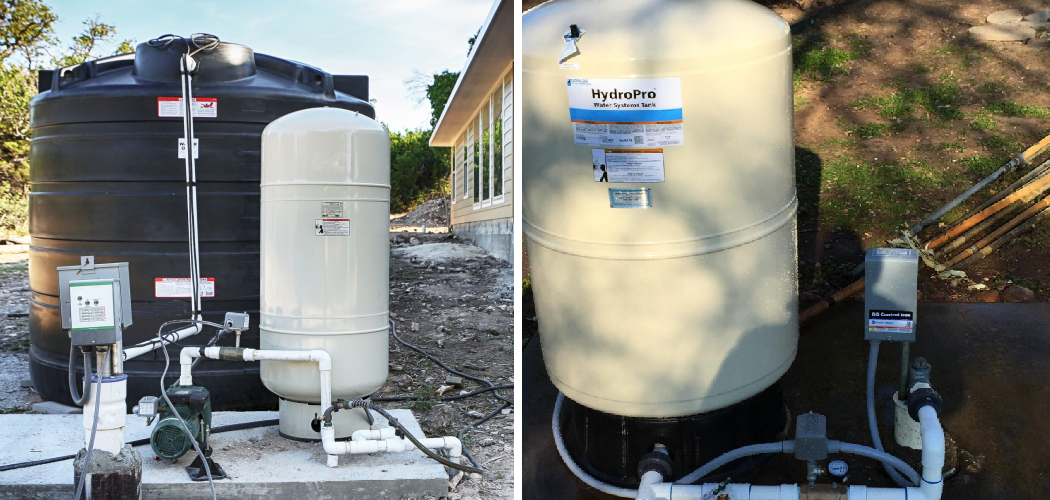Have you ever wanted to be able to pump water from your storage tank directly into your house? It can often seem like a daunting task, but it doesn’t have to be! With the right tools and knowledge, anyone can learn how to efficiently pump water from their storage tank so that it is available for use in the home.
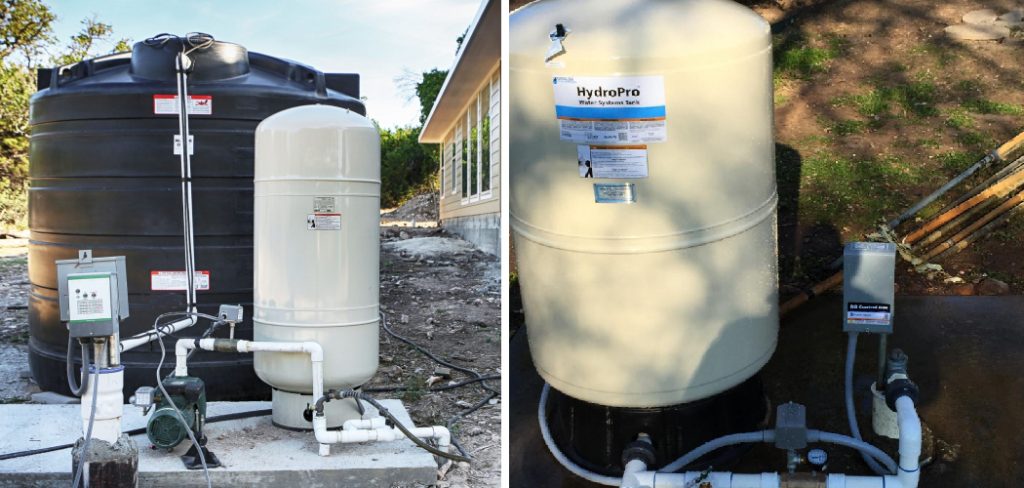
In this blog post on how to pump water from storage tank to house, we will explain exactly how to go about doing this task safely and effectively. Read on if you are interested in learning more!
12 Step-by-step Guides on How to Pump Water From Storage Tank to House
Step 1: Identify the Location
The first step in pumping water from the storage tank to the house is to identify the ideal location for installation. This should be done carefully and with consideration to the surroundings, including nearby buildings and other structures. It’s best to choose a spot that is on higher ground and away from other buildings so that the water can flow naturally downwards.
Step 2: Determine the Size of Your Storage Tank
Once you have identified the ideal location for installation, it is then necessary to determine what size storage tank will be needed for your household’s water needs. The size of the tank should be sufficient enough so that it can store enough water for your home’s regular usage. It is important to remember that any tank should be able to accommodate maximum water usage at peak times.
Step 3: Install a Submersible Pump
The next step in installing a pump from your storage tank to your house is to install a submersible pump. This type of pump is designed to operate underwater, making them ideal for pumping water from tanks and other submerged areas. Make sure that you select a pump with enough power to handle your household’s water needs.
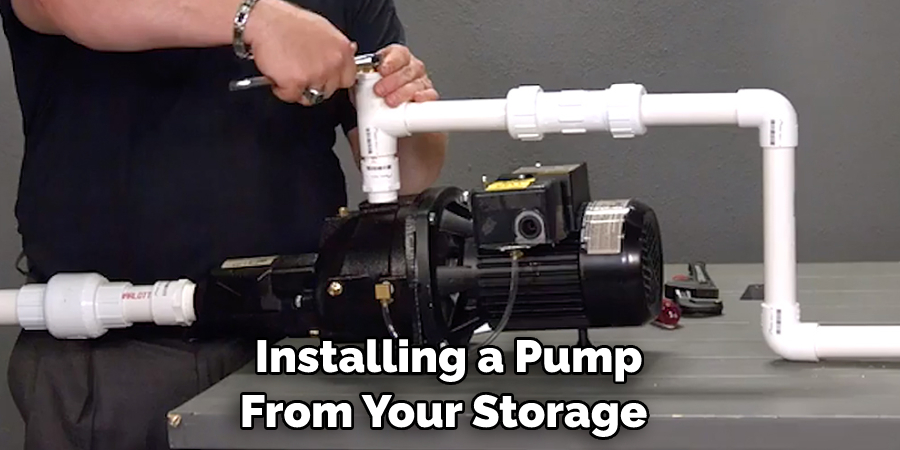
Step 4: Install a Pressure Reducer
To ensure that you are not pumping too much pressure into your home’s plumbing, it is recommended that you install a pressure reducer prior to the pump. This device will regulate water flow and decrease any excess pressure before it enters the house. This is an important step as too much pressure can cause damage to your home’s plumbing.
Step 5: Connect The Pump To Your Storage Tank
Once the submersible pump and pressure reducer have been installed, it is then necessary to connect them both to the storage tank. It is important that all connections are secure and tight-fitting in order to prevent any leaks or malfunctions from occurring. It is also important to remember that the pump should be placed in an area where there is enough room for it to function properly and safely.
Step 6: Attach The Inlet & Outlet Lines
The next step is to attach the inlet and outlet lines from the pump to the storage tank. This should be done carefully, as improper installation can result in a reduction of water flow or even a complete loss of pressure. It is also important to make sure that the connections are leak-free and secure.
Step 7: Connect The Pump To Your Home’s Plumbing
Once all connections have been made to your storage tank, it is then time to connect the pump to your home’s plumbing system. This should be done carefully as well, making sure that no incorrect fittings are used which could lead to a decrease in water flow or other unwanted issues. But with proper installation, you should have no trouble connecting your pump to the plumbing system.
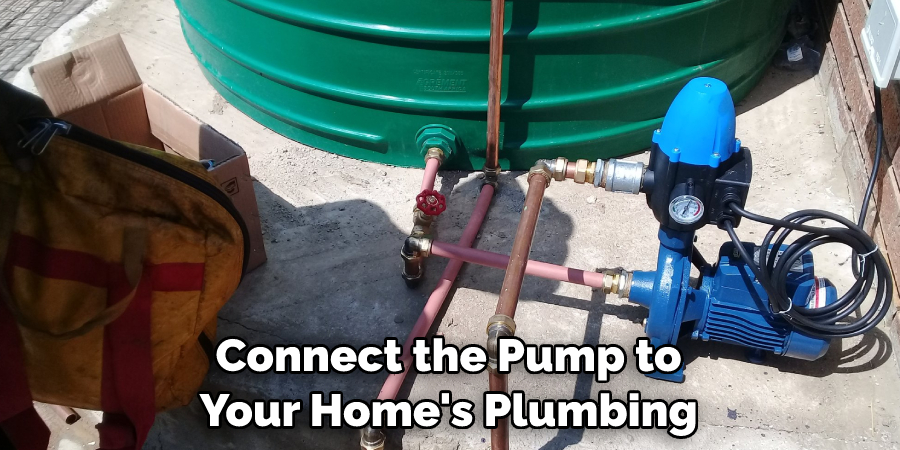
Step 8: Test The Installation
Before running the full capacity of your pump, it is important that you test out its installation. Fill the storage tank with water and turn on the pump at its lowest setting before gradually increasing it to full capacity. This will help you ensure that all connections are functioning correctly and that there are no issues with the installation.
Step 9: Inspect The System Regularly
In order to keep your system running as efficiently as possible, it is important to inspect it regularly for any signs of wear or damage. Make sure that all fittings remain secure and free from rust or corrosion in order to maintain optimal performance. This will help you keep your pump running for years to come.
Step 10: Drain The Tank As Needed
If necessary, you should also be prepared to drain the tank when needed. This can be done by turning off the pump and allowing the built-up pressure to slowly release. It is important to remember that this should only be done when necessary and with caution, as the tank may contain residual water which could cause harm if not drained in a safe and controlled manner.
Step 11: Monitor Water Pressure
Finally, it is important to monitor the water pressure coming out of your system on a regular basis. This will help you identify and resolve potential issues quickly in order to prevent any damage or disruption to your home’s plumbing. This will also help to ensure that your pump remains in optimal condition and is able to provide you with years of reliable service.
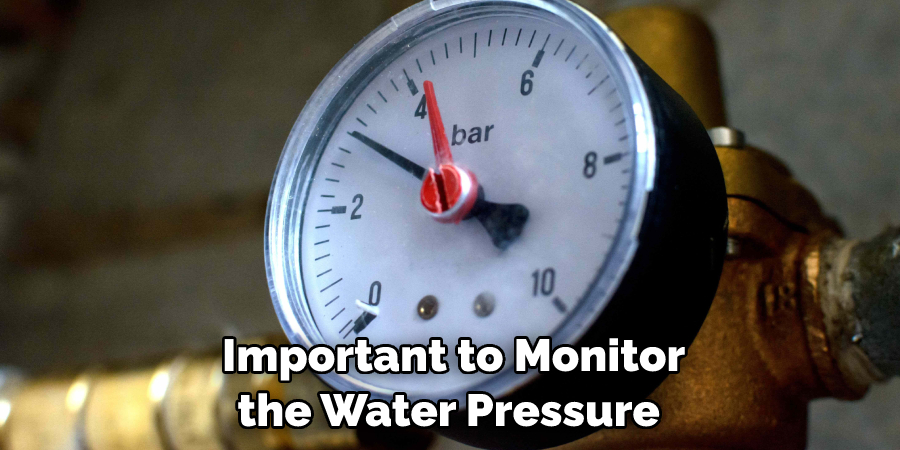
Step 12: Maintain The System
The last step in maintaining a pump from the storage tank to the house is proper maintenance. Make sure that all parts are replaced as needed and that all connections remain secure and free from leaks or other malfunctions in order for your system to remain operational at its peak efficiency level.
Following these steps on how to pump water from storage tank to house should provide you with an effective and safe installation process for your home’s plumbing system. With regular maintenance and inspections, you can ensure that your water pump remains functioning optimally and efficiently for years to come.
Do You Need to Hire Professionals?
Installing a water pump from storage tank to house can be complex and time-consuming, so it is recommended that you hire a professional if you do not feel comfortable doing the work yourself. A professional will be able to provide expert advice and guidance throughout the installation process, ensuring that all aspects of the project are completed correctly and safely.
Having a professional handle any difficult aspects of your installation can also help you avoid potential problems or issues in the future. So if you’re unsure about any part of the installation process, it might be safer to leave it to an expert instead. That way, your home’s plumbing system will remain functional for many years to come.
How Much Could It Cost?
The cost of installing a water pump from storage tank to house will depend on many factors, such as the size and type of pump you’re using, the complexity of the project, and the location. Generally speaking, professional installation fees can range anywhere from several hundred dollars to several thousand dollars. Before committing to any particular contractor, it is important to compare rates and ensure that you get the best deal possible.
Overall, following these steps on how to pump water from storage tank to house should help you complete your home’s plumbing system in an efficient and safe manner. With proper maintenance and regular inspections, you can rest assured that your system remains functional for many years without interruption or disruption.
Do not hesitate to contact professionals if you feel uncomfortable or uncertain about any aspect of the installation process. With their help, you can be sure that your system will remain operational and reliable for years to come.
Frequently Asked Questions
Q: What Type of Pump Should I Use?
A: The type of pump you should use depends on the application and your specific needs. Generally speaking, there are three main types of pumps—centrifugal, diaphragm, and peristaltic. Each type has its own advantages and disadvantages, so make sure to do your research before making a decision.
Q: How Long Will the Installation Take?
A: The installation process will depend on the size and complexity of your project. Generally speaking, most installations should take between 1-2 days to complete.
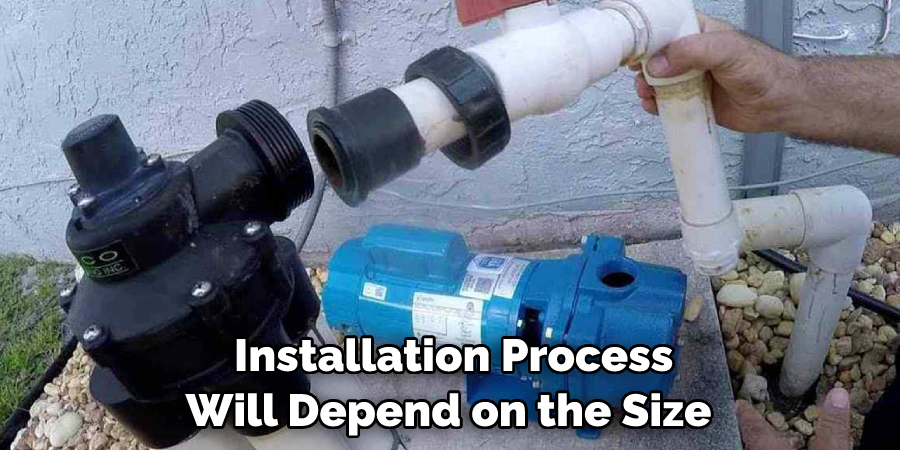
Q: How Often Should I Inspect My System?
A: It is recommended that you inspect your system every few months to ensure that everything is functioning properly and safely. Make sure to look for any signs of leakage or corrosion, and replace any worn parts as needed. This will help maintain the efficiency of your system over time.
Conclusion
Have you ever wanted to be able to pump water from your storage tank directly into your house? It can often seem like a daunting task, but it doesn’t have to be! With the right tools and knowledge, anyone can learn how to efficiently pump water from their storage tank so that it is available for use in the home.
In this blog post on how to pump water from storage tank to house, we will explain exactly how to go about doing this task safely and effectively. Read on if you are interested in learning more!
